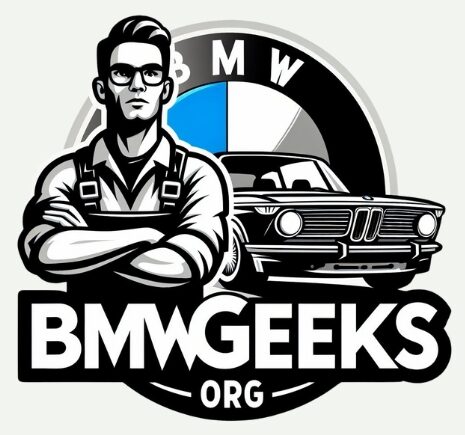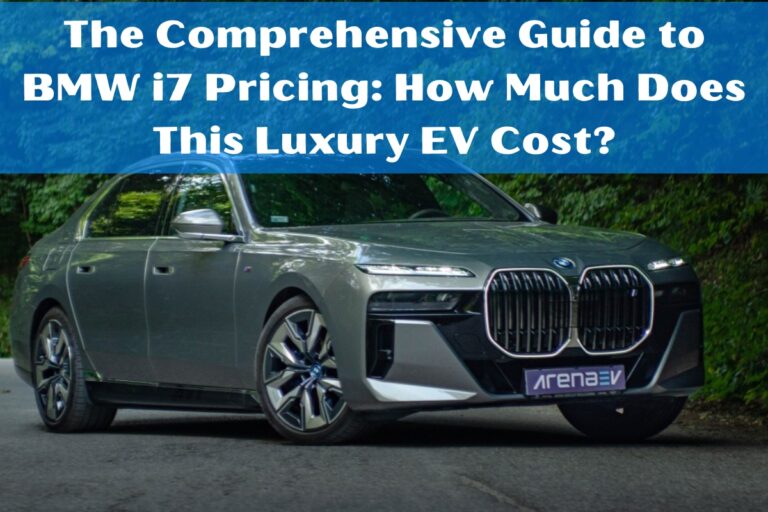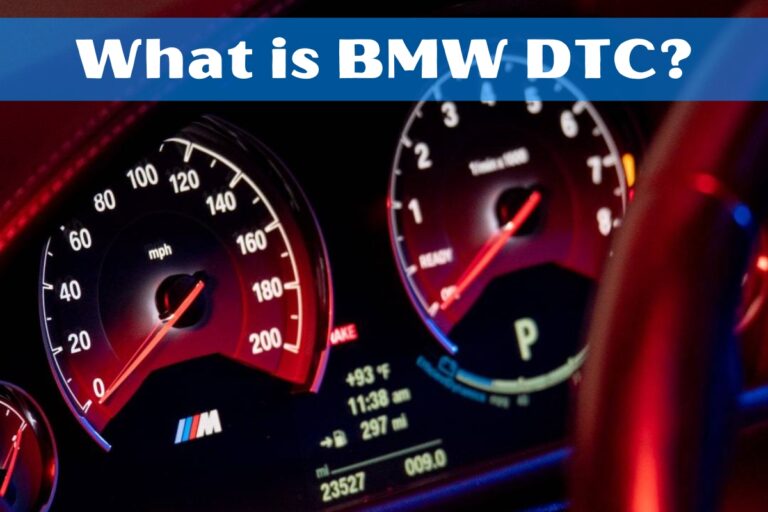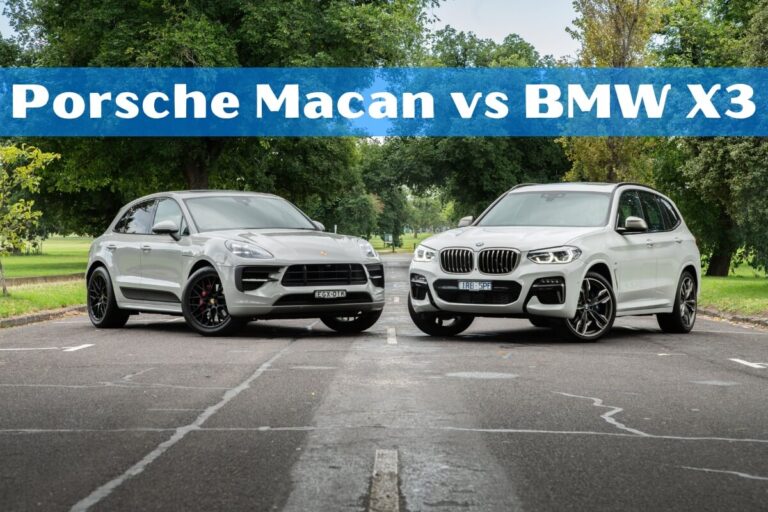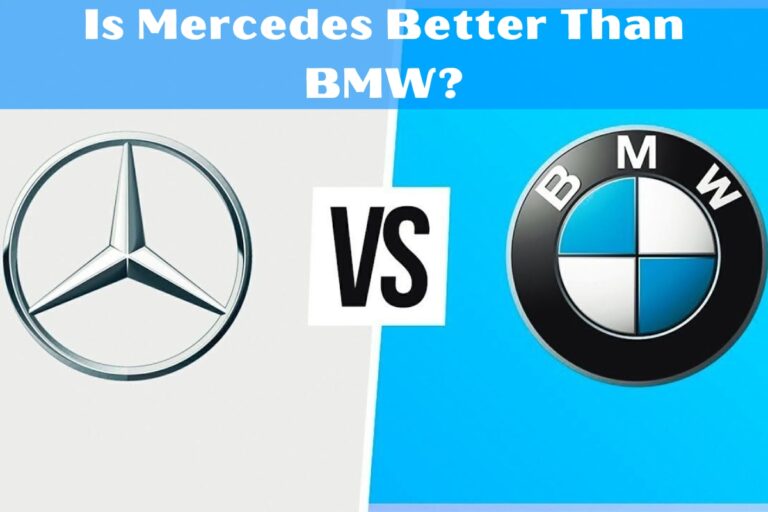Tesla vs BMW: The Electric Vehicle Showdown
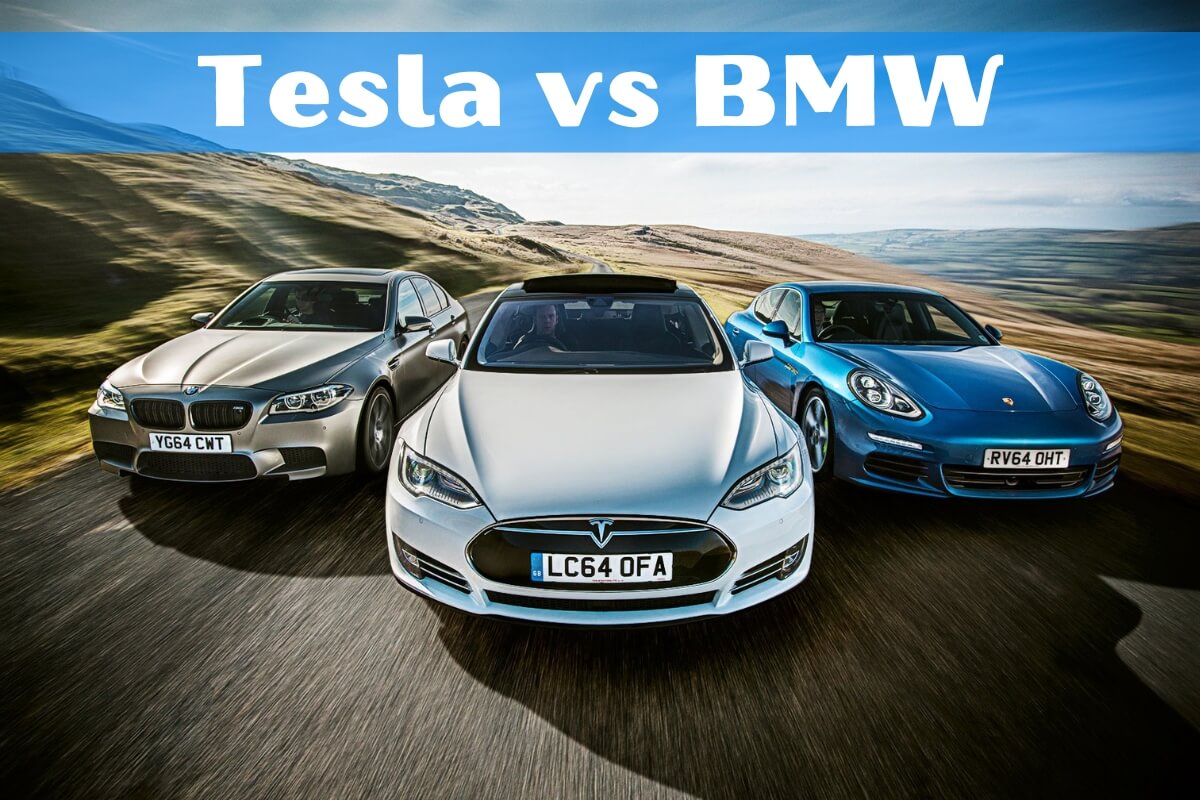
When it comes to electric vehicles (EVs), two brands stand out as industry leaders: Tesla and BMW. As more consumers embrace eco-friendly transportation, the debate over which EV manufacturer offers the best overall package becomes increasingly relevant. In this comprehensive guide, we’ll dive deep into the tesla vs bmw comparison, exploring everything from design and performance to technology, safety, and value proposition.
This post covers:
- Exterior and interior design philosophies of Tesla and BMW EVs
- Performance metrics like acceleration, top speed, and driving dynamics
- Battery capacities, range ratings, and charging capabilities
- Infotainment systems, connectivity features, and driver assistance tech
- Safety ratings and advanced driver-assistance systems (ADAS)
- Pricing, cost of ownership, and the value equation for each brand
By the end, you’ll have a clear understanding of how these automotive giants approach electric mobility, enabling you to make an informed decision that aligns with your needs and preferences.
Design and Style: Modern Minimalism vs Luxury Tradition
One of the most apparent differences between Tesla and BMW EVs lies in their design philosophies. Tesla has embraced a sleek, modern, and minimalist aesthetic, exemplified by models like the Model 3 and Model Y. These vehicles feature clean lines, flush door handles, and a distinct lack of excessive exterior ornamentation.
In contrast, BMW has stayed true to its roots, carrying over its traditional luxury design language to its electric offerings, such as the i4 and iX. These vehicles sport the iconic kidney grille, sculpted body lines, and a more opulent, upscale appearance.
Moving inside, the design disparities continue. Tesla’s interiors are dominated by a massive central touchscreen that controls nearly every function, complemented by a minimalist dashboard and sparse physical buttons. The use of vegan leather and sustainable materials aligns with the brand’s eco-friendly ethos.
BMW, on the other hand, maintains a more conventional interior layout with a mix of digital displays and analog controls. High-end materials like genuine leather, wood trim, and metal accents create a luxurious and premium ambiance that caters to luxury car buyers.
Performance and Driving Experience: Electrifying Thrills
When it comes to performance, both Tesla and BMW excel in their own ways. Tesla has built a reputation for blistering straight-line acceleration, thanks to the instantaneous torque delivery of its electric motors. Models like the Model S Plaid and Model X Plaid can rocket from 0 to 60 mph in under 3 seconds, leaving most gasoline-powered supercars in the dust.
BMW, on the other hand, has leveraged its decades of expertise in crafting driver-focused vehicles to create EVs that prioritize driving dynamics and agility. The i4 M50, for instance, benefits from a finely-tuned chassis and suspension setup that delivers impressive handling and responsiveness around corners.
In terms of range, Tesla currently holds an edge with its larger battery capacities and more energy-efficient powertrains. The Model S Long Range boasts an EPA-rated range of up to 405 miles on a single charge, while the BMW i4 eDrive40 tops out at around 300 miles.
However, it’s important to note that real-world range can vary significantly based on driving conditions, climate, and individual driving styles.
Charging and Range: The Battle for Convenience
Closely tied to range is the topic of charging capabilities. Tesla’s proprietary Supercharger network, which now spans over 35,000 stalls globally, provides a significant advantage for its owners. These DC fast chargers can replenish a significant portion of a Tesla’s battery in a matter of minutes, enabling long-distance travel with minimal downtime.
BMW, like most legacy automakers, relies on third-party charging networks like Electrify America and EVgo. While these networks are rapidly expanding, they still lag behind Tesla’s in terms of availability and ease of use.
Both brands offer various levels of charging speeds, with Tesla’s V3 Superchargers capable of delivering up to 250 kW of power, while BMW’s i4 and iX models can accept up to 200 kW from compatible DC fast chargers.
It’s worth noting that charging speeds can vary based on factors like battery temperature, state of charge, and the specific charging station’s capabilities.
Technology and Features: Cutting-Edge vs Tradition
Tesla has long been lauded for its innovative and cutting-edge technology, with a particular emphasis on over-the-air (OTA) software updates. These seamless updates can introduce new features, improve performance, and even unlock additional capabilities in existing vehicles, much like smartphones.
The automaker’s Autopilot system, while not fully autonomous, offers a suite of advanced driver-assistance features like automatic lane changes, self-parking, and Summon Mode (which can autonomously retrieve your car from a parking spot).
BMW, while not as technologically disruptive as Tesla, has made strides in integrating advanced features into its EVs. The iDrive infotainment system, once maligned for its complexity, has evolved into a slick and user-friendly interface. Additionally, BMW’s Parking Assistant and Driving Assistant Professional packages offer a range of driver-assistance technologies, including adaptive cruise control, lane-keeping assist, and automated parking.
Both brands offer impressive connectivity features, with seamless smartphone integration, real-time traffic data, and access to a growing ecosystem of in-car apps and services.
Safety Ratings and Driver Assistance: Prioritizing Protection
When it comes to safety, both Tesla and BMW have received top marks from organizations like the National Highway Traffic Safety Administration (NHTSA) and the Insurance Institute for Highway Safety (IIHS).
Tesla’s Model 3 and Model Y have earned perfect 5-star ratings from the NHTSA, while the Model S and Model X have received top “Good” ratings from the IIHS in most categories.
BMW’s electric vehicles, like the i4 and iX, have also performed exceptionally well in crash tests, with the iX earning a Top Safety Pick+ designation from the IIHS.
In terms of driver assistance features, both brands offer a comprehensive suite of active safety technologies, including automatic emergency braking, pedestrian detection, blind-spot monitoring, and rear cross-traffic alert.
However, Tesla’s Autopilot system remains one of the most advanced semi-autonomous driving aids on the market, capable of handling most highway driving scenarios with minimal human intervention.
Pricing and Value Proposition: Balancing Cost and Features
Pricing is often a crucial factor when considering the purchase of an electric vehicle. Tesla’s model lineup ranges from the relatively affordable Model 3 (starting around $40,000) to the ultra-luxurious Model S Plaid (which can exceed $130,000).
BMW’s electric offerings, on the other hand, tend to occupy a higher price bracket, with the i4 eDrive40 starting just under $60,000 and the top-of-the-line iX M60 commanding a base price of over $100,000.
It’s important to consider not just the initial purchase price but also the long-term cost of ownership. Electric vehicles generally require less maintenance than their gasoline-powered counterparts, thanks to fewer moving parts and the elimination of regular oil changes.
Additionally, the potential savings on fuel costs can be substantial, especially for those who drive frequently or have access to low-cost electricity rates.
Both Tesla and BMW offer various federal and state incentives, tax credits, and rebates for those purchasing electric vehicles, further offsetting the upfront costs.
Which One Should You Buy? Innovation vs Tradition
Ultimately, the decision between a Tesla and a BMW electric vehicle will come down to personal preferences, lifestyle needs, and priorities.
If you value cutting-edge technology, over-the-air updates, and a seamless charging experience, Tesla’s innovative approach and expansive Supercharger network may be the way to go. The brand’s focus on performance and minimalist design also appeals to those seeking a more modern and eco-conscious automotive experience.
On the other hand, if you prioritize a more traditional luxury experience, with opulent interiors, a prestigious brand reputation, and a driving experience that harkens back to BMW’s sporting heritage, the Bavarian automaker’s electric offerings may be a better fit.
It’s also worth considering factors like the availability of local dealerships and service centers, as well as the resale value potential of each brand in your region.
Ultimately, the best advice is to test drive both options and experience them firsthand before making a decision. Only then can you truly gauge which brand’s electric vehicle aligns most closely with your preferences and lifestyle.
